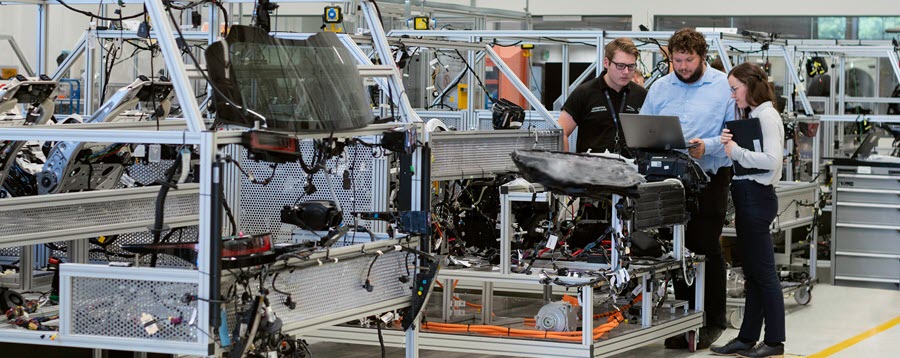
How to Identify Repeated Safety Hazards

Everyone has done it. There’s some little workplace hazard that you forget about until it gets you once again. It could be as small as a loose door threshold that trips you up a little every so often or reports of a ladder with a broken rung.
It doesn’t seem like a big deal and may even be the source of some humor in the workplace – until something happens that’s not funny at all. Someone trips on that door threshold and hits their head on the floor. Another employee forgets about that bad rung on the ladder and takes a nasty spill.
“Those who forget the past are doomed to repeat it.”
In the world of workplace safety, little commonly repeated safety hazards have the potential to become much bigger issues at any time. Don’t shrug them off, identify and then fix them for good.
How to Identify Repeated Safety Hazards
The first step to fixing these ticking time bombs is to identify them. The key is to look for patterns, whether it’s on paper or on the production floor.
Past Incident Reports
Every business should have records of past incidents. Find them and look them over. See if you can spot any patterns. Are there certain work areas, machines, or tools that have caused repeated problems? If so, was the true issue ever fixed? If not, it’s time to assess the issue and determine a legitimate, long-term fix so it doesn’t show up in any incident reports in the future.
Do a Walk Through
Put a team together and do a facility walk through. If you find issues such as missing guardrails or broken tools, find out how long it’s been an issue. If you’re finding safety hazards that have been around for awhile, you need to improve your safety program so that issues get reported as soon as possible.
Ask Employees
No one knows what hazards and issues are lurking in your facility better than the employees that spend their days working in it. Ask them what safety issues they deal with on a daily basis. Don’t discount seemingly minor things like a loose tile or rough edge on a table. What may start out as an annoyance could lead to a bigger issue. It’s always better to tackle right away.
Encourage “Near Miss” Reporting
Encourage your employees to report their close calls and near misses. Many of them might be rare instances that aren’t significant, but repeated issues could mean trouble. If you start to see patterns, you know you have a true safety hazard that you need to address.
An Ounce of Prevention…
It’s time to bite the bullet. The issues we’re talking about here are ones that didn’t just pop up. They’ve probably been around for a while, but since they haven’t caused any serious issues, they just keep falling down your priority list. That’s a pattern you have to break. Don’t keep reliving those close calls, instead, make the right call and fix the issue.
Besides, you’ll save yourself future headaches. We all know of a small project we put off and put off until we have to deal with it. Then, it turns out the fix was a lot less work than was trying to live with the issue.
Stop ignoring the safety red flags you see popping up in your facility. Stop reliving dangerous scenarios and build a safer work environment. It’s an investment in your people.

